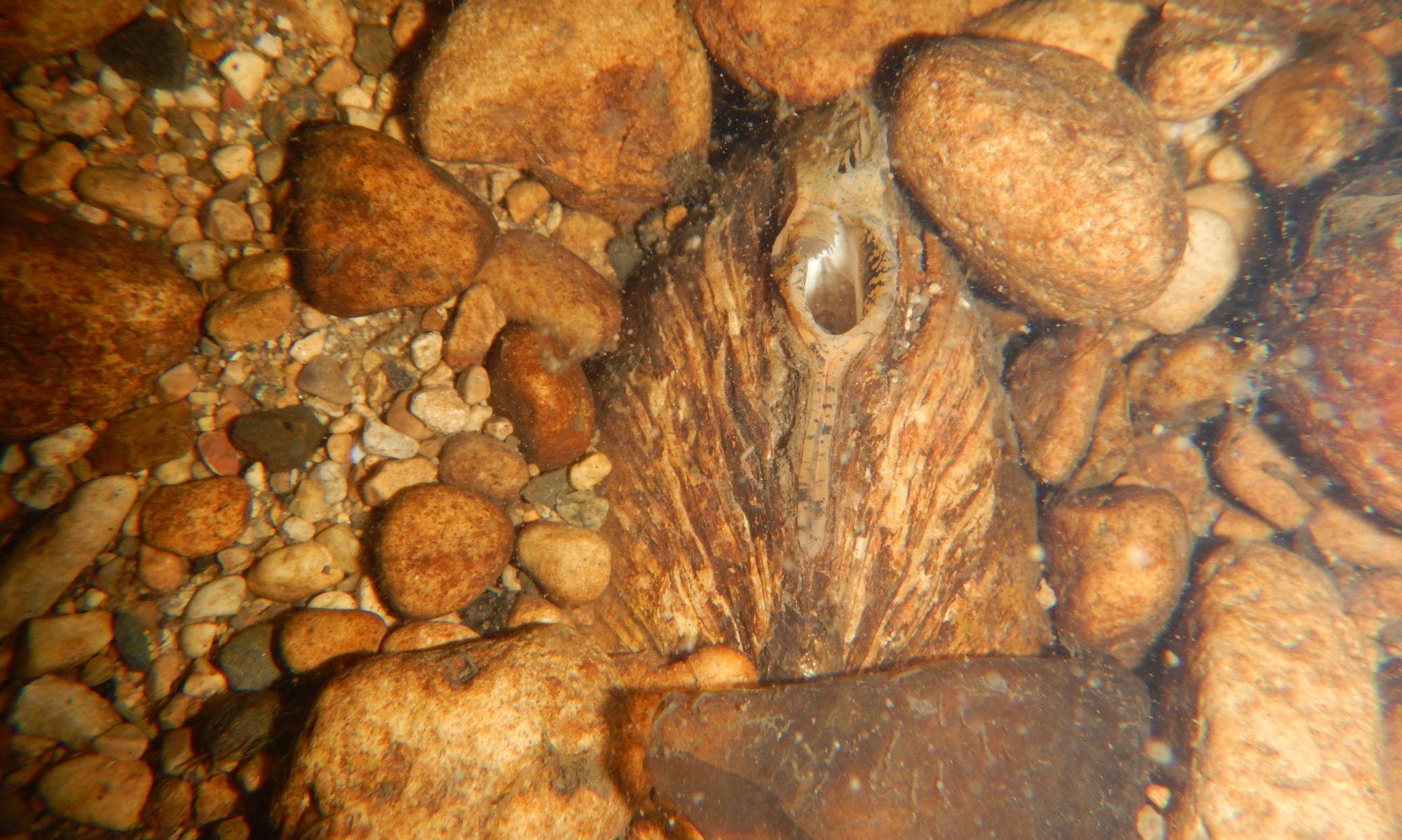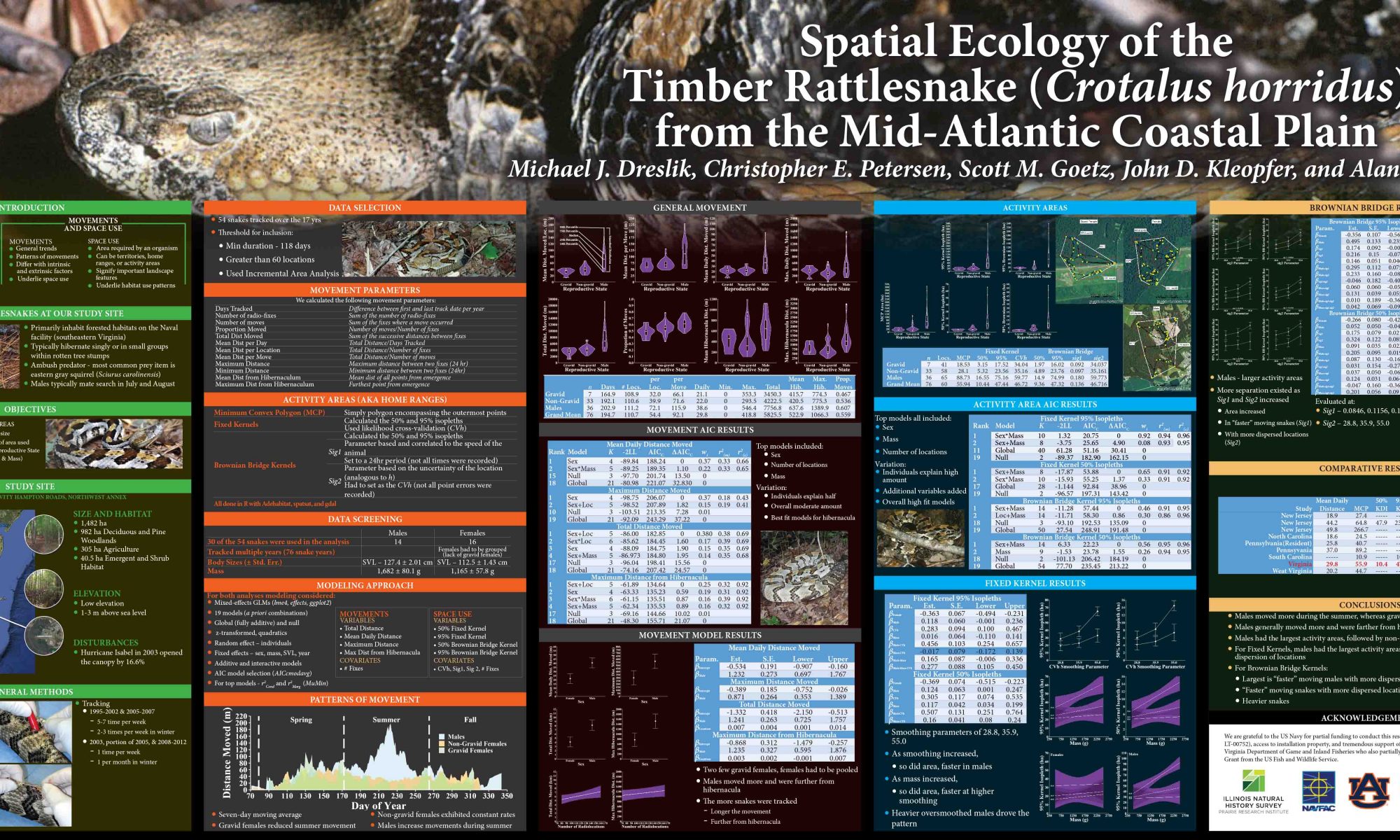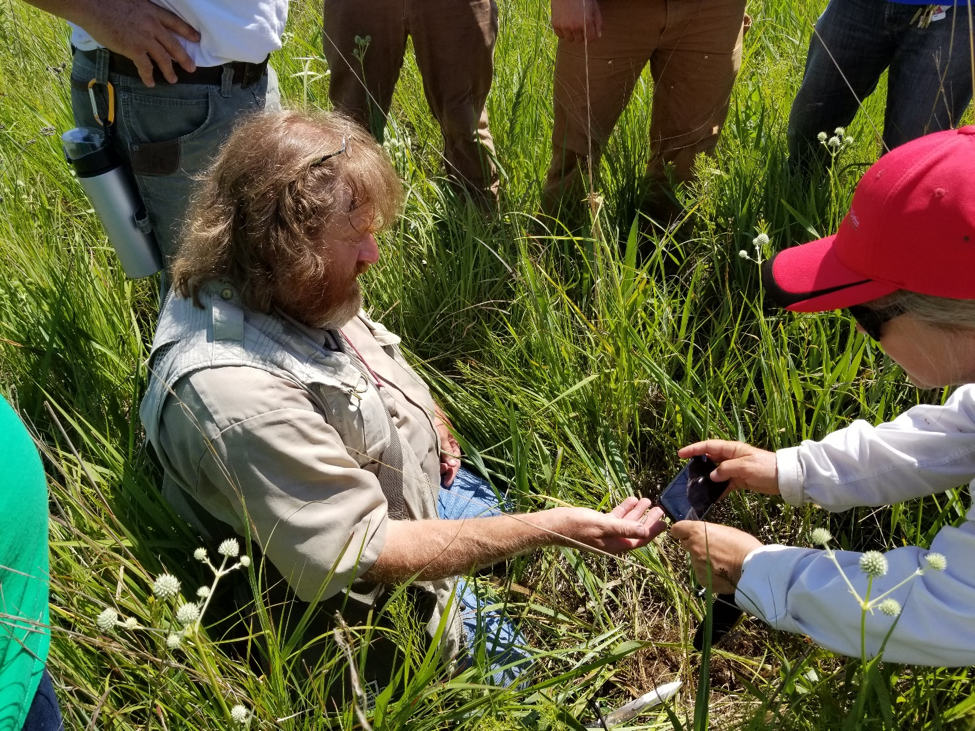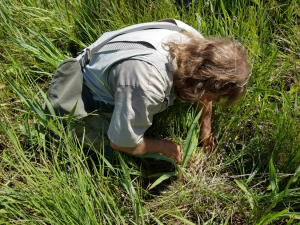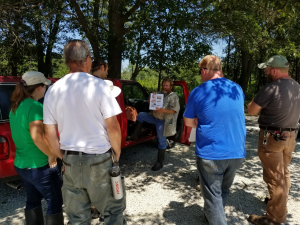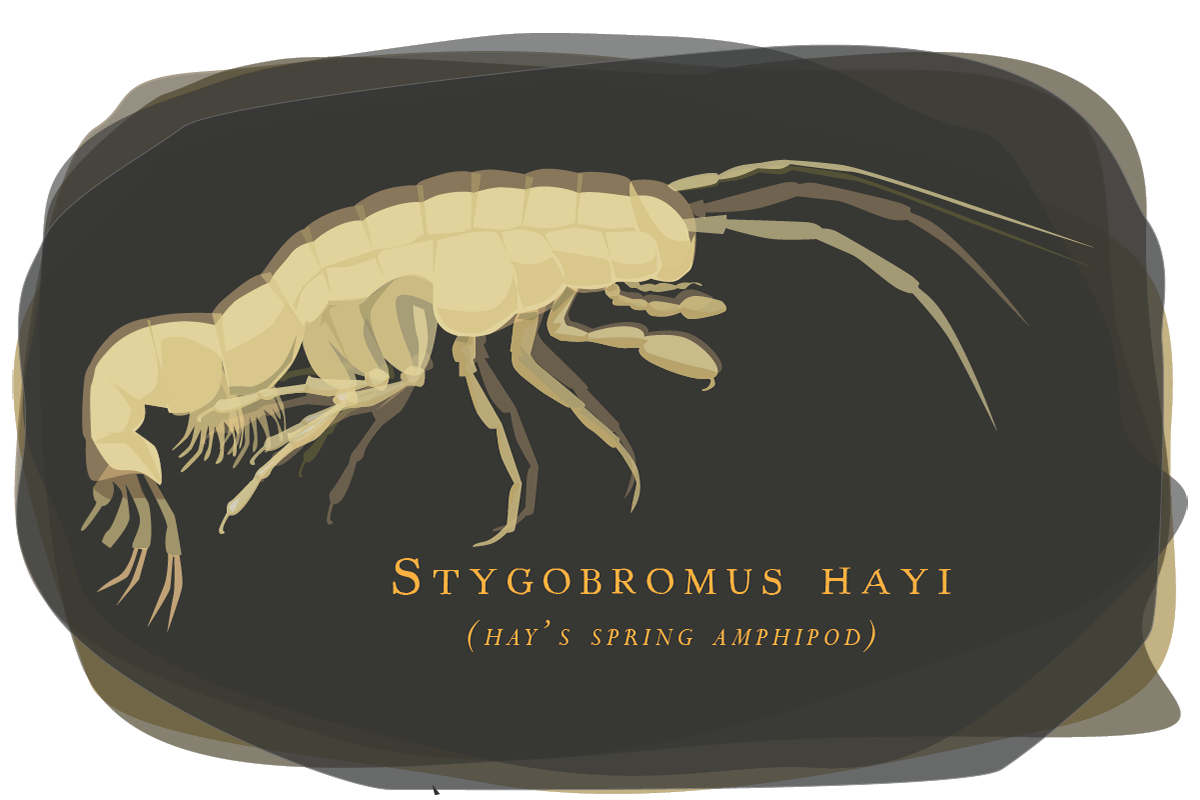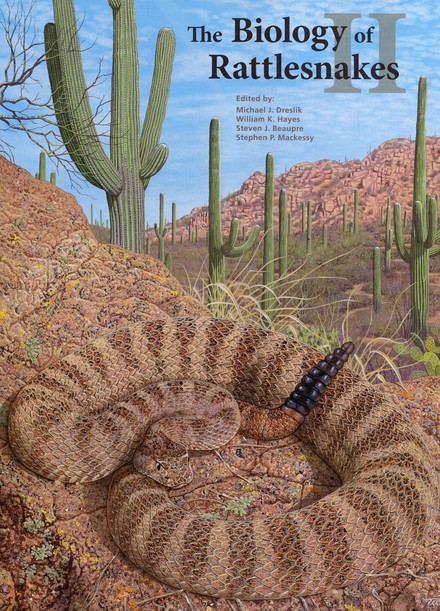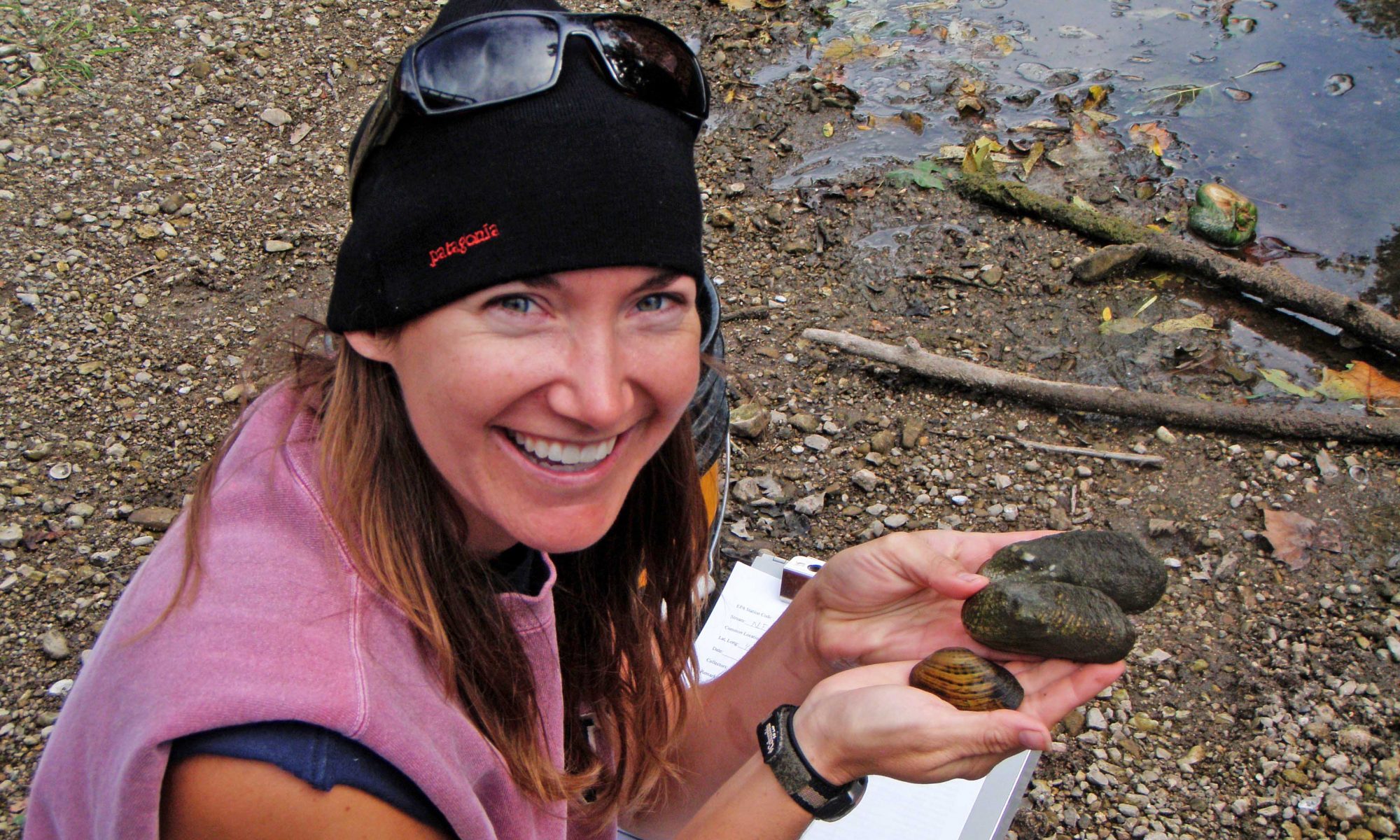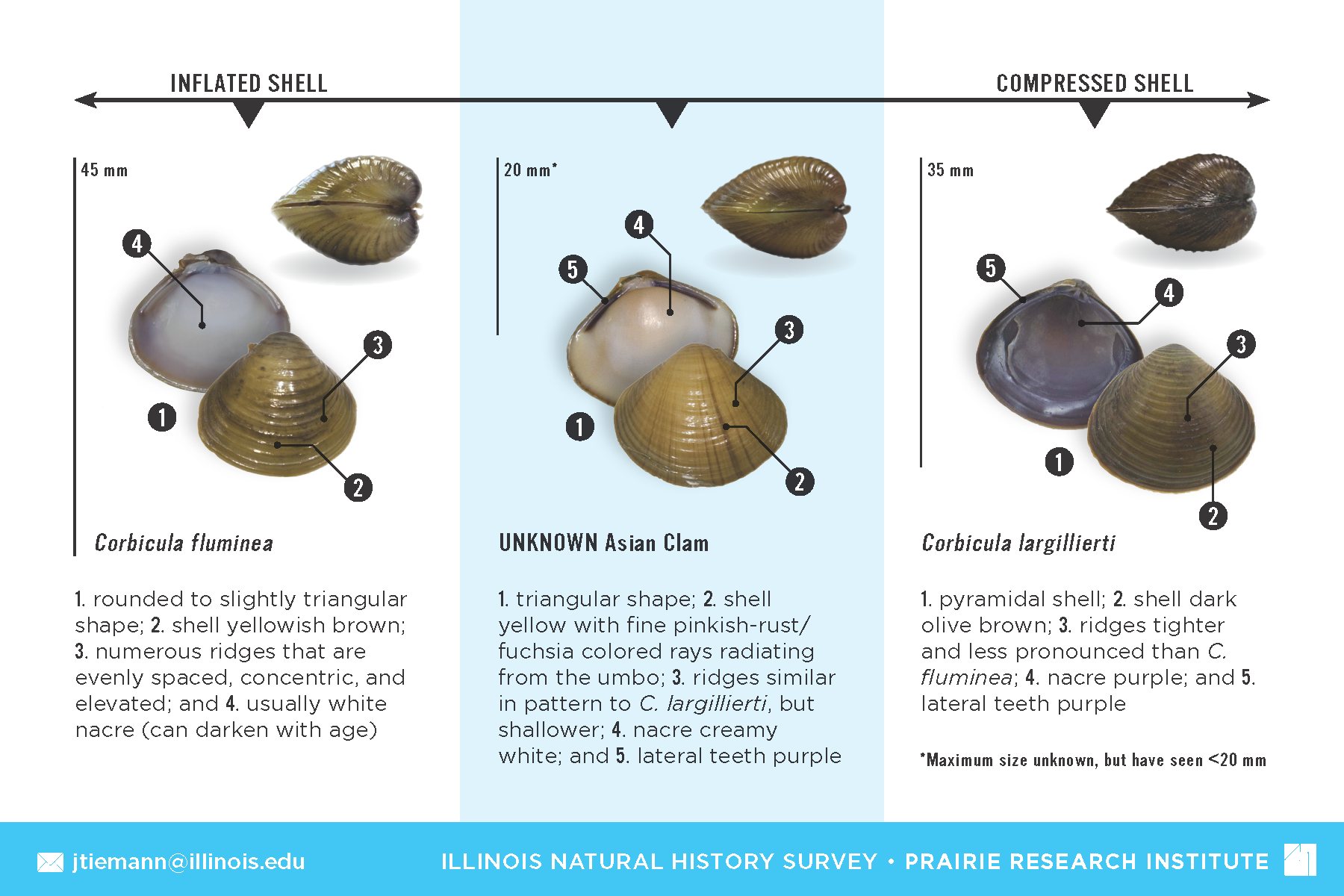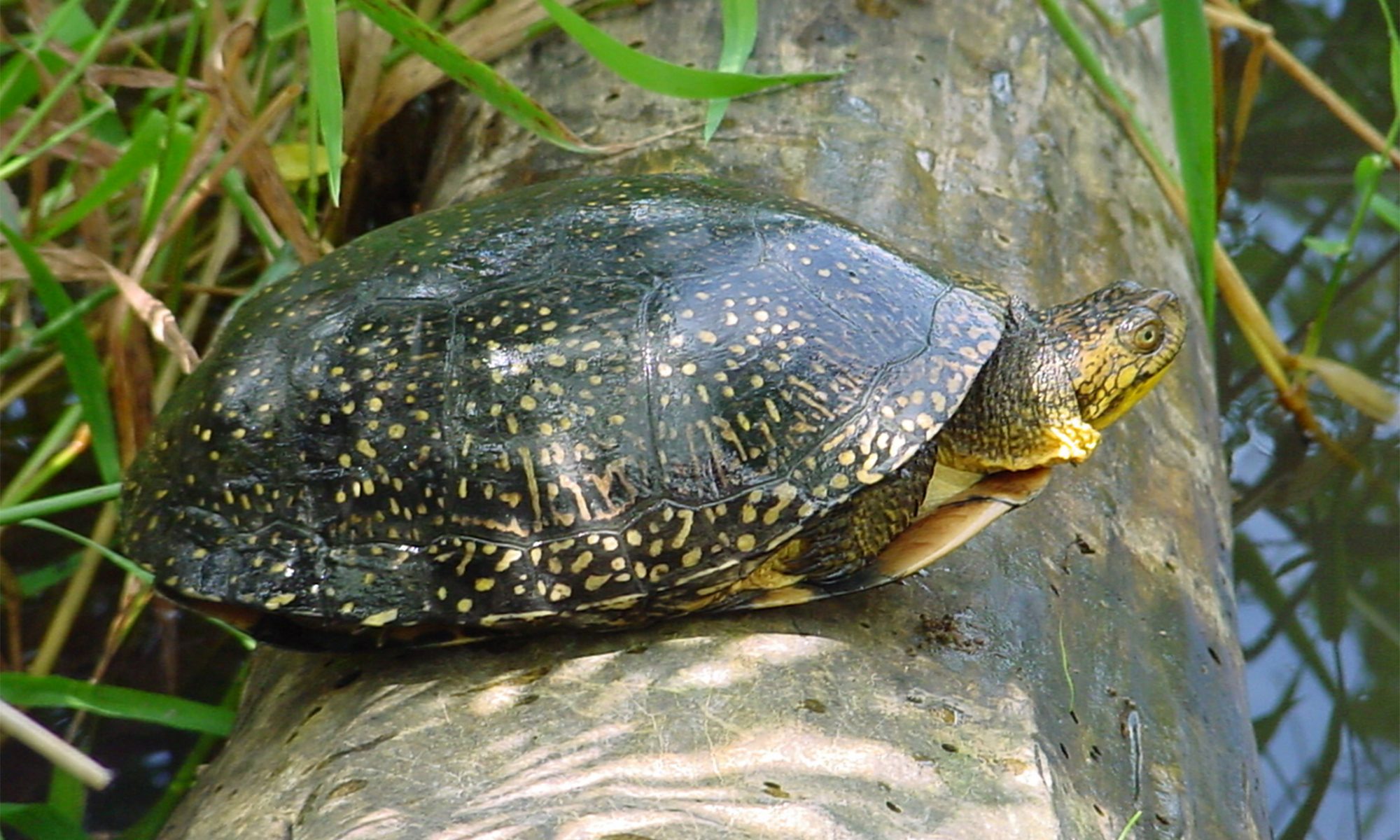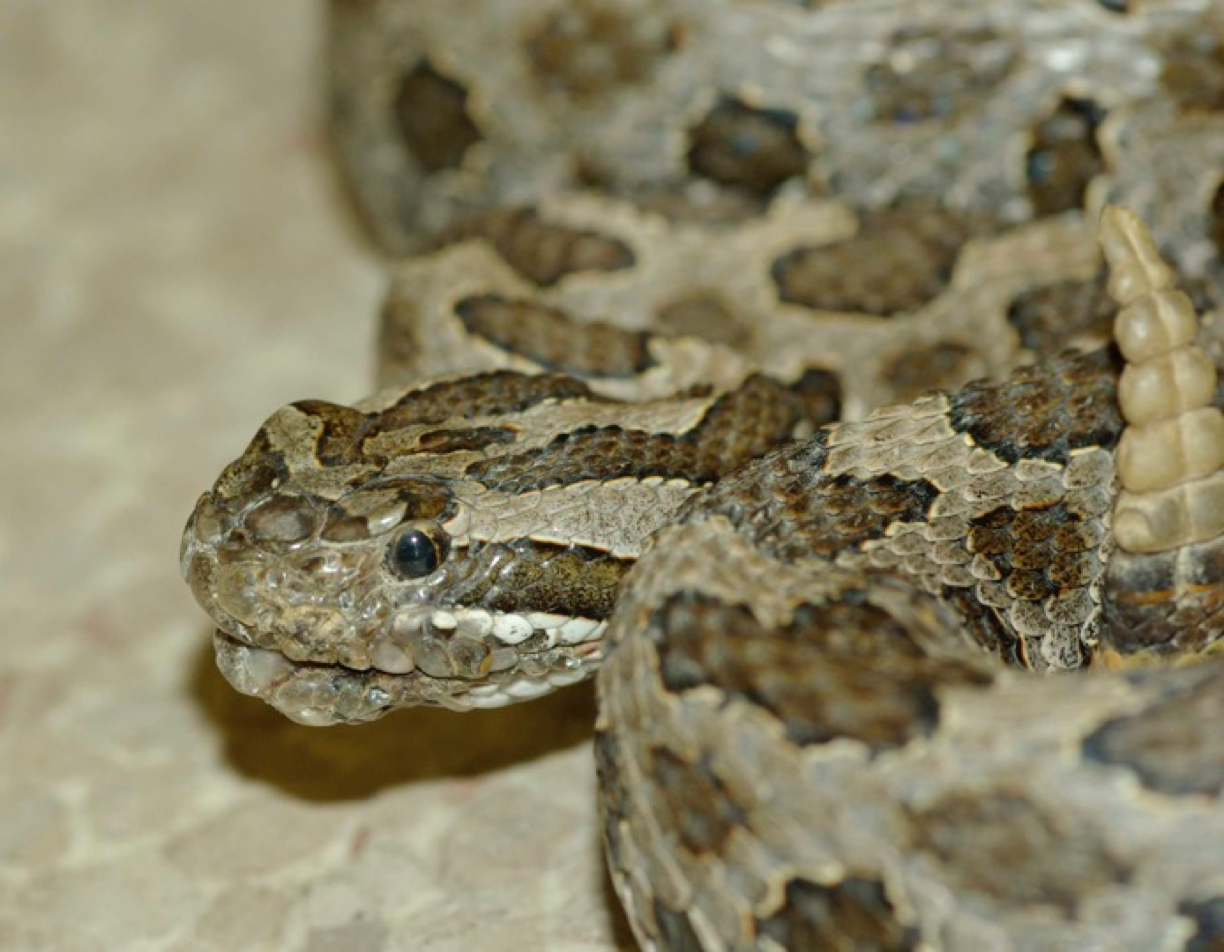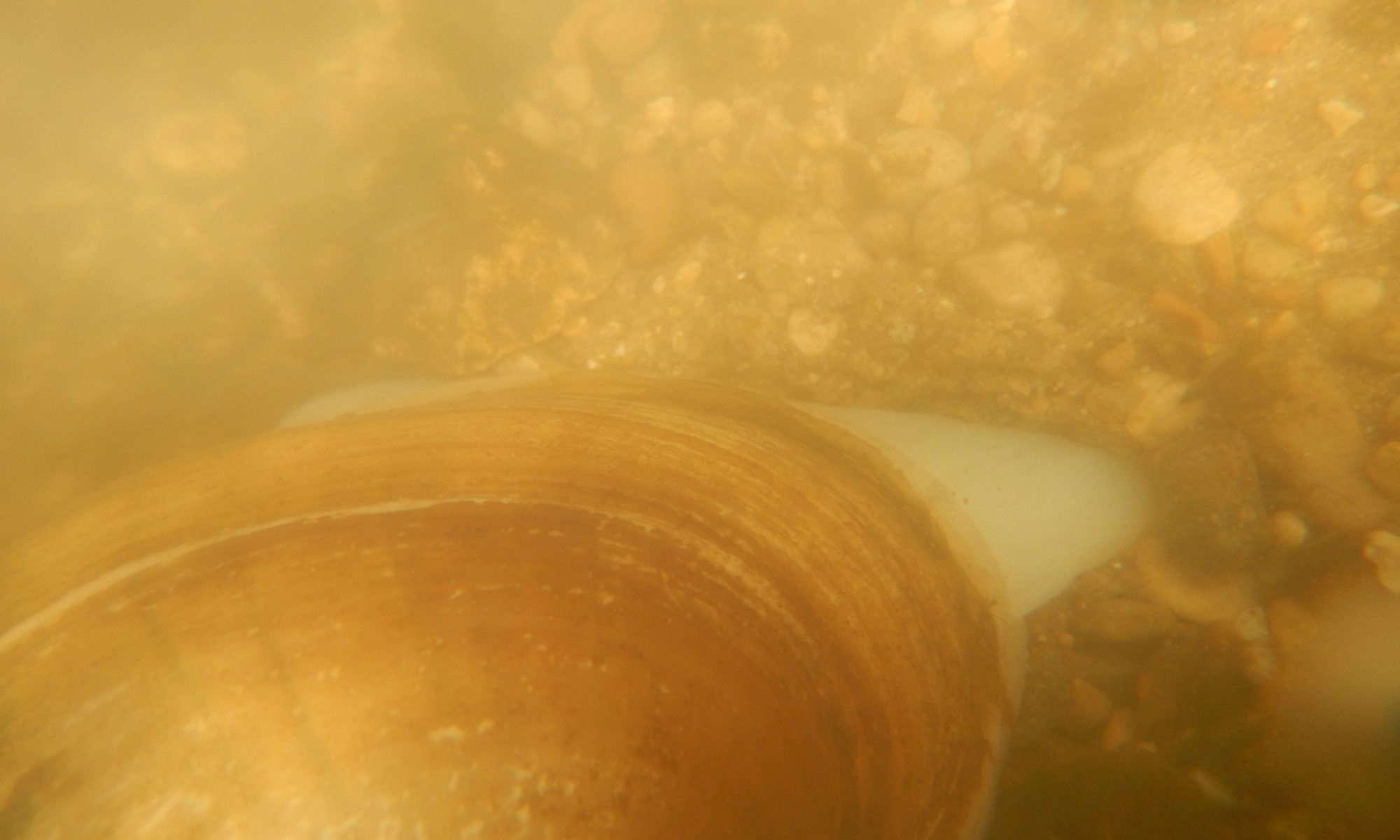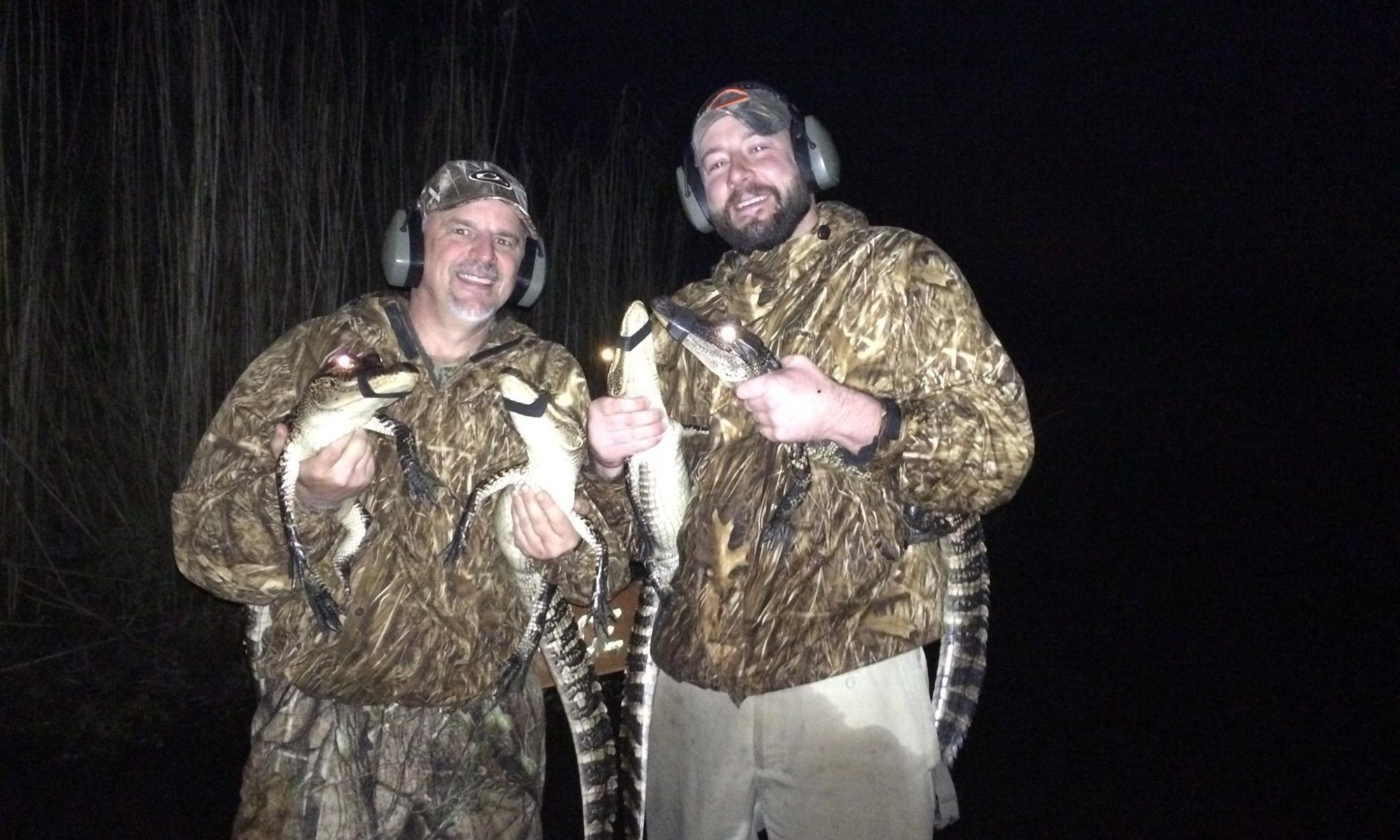Members of the Illinois Natural History Survey’s Urban Biotic Assessment Program and Herpetology Lab recently attended the Joint Meeting of American Society of Ichthyologists and Herpetologists, Society for the Study of Amphibians and Reptiles, and Herpetologists’ League in Austin, Texas from 12 July to 16 July 2017. They presented on a variety of topics from rattlesnakes to darters and from wildlife disease to community changes. The combined topics for presentations and posters were:
Presentations:
Baker, S. J., M. J. Dreslik, C. A. Phillips, and M. C. Allender. Impact of snake fungal disease on population viability.
Dreslik, M. J., C. E. Petersen, S. M. Goetz, J. D. Kleopfer, and A. H. Savitzky. Factors affecting the movements of Timber Rattlesnakes (Crotalus horridus) from the mid-Atlantic coastal plain.
Low, K. M., M. C. Allender, C. A. Phillips, and S. J. Kimble. A ranavirus-associated mass mortality event in an Illinois amphibian community.
Ross, J. P., C. Y. Feng, and M. J. Dreslik. Evaluating reptile and amphibian passage gates using remote camera traps.
Sites, A. J., J. L. Sherwood, J. S. Tiemann, and M. J. Dreslik. Assessing the distribution of Iowa Darters (Etheostoma exile) in streams of northern Illinois.
Posters:
Baker, S. J., and M. C. Allender. Comparison of testing methods for snake fungal disease.
Dreslik, M. J., C. E. Petersen, S. M. Goetz, J. D. Kleopfer, and A. H. Savitzky. Spatial ecology of the Timber Rattlesnake (Crotalus horridus) from the mid-Atlantic coastal plain. View Poster
Sherwood, J. L., and J. A. Stein. Habitat and fish community changes in Champaign County, IL over the past 100 years.
